Milwaukee’s artistic and cultural scene is as diverse as the city itself: from Art Deco architecture to contemporary street art; from beer mansion to Harley-Davidson heritage; and from a world-class science museum to the world’s only “flying” art museum, Milwaukee is simultaneously a celebration of modern style and bygone eras. Whatever your interests, this list of the best places to experience arts and culture in Milwaukee is bound to inspire.
Museums
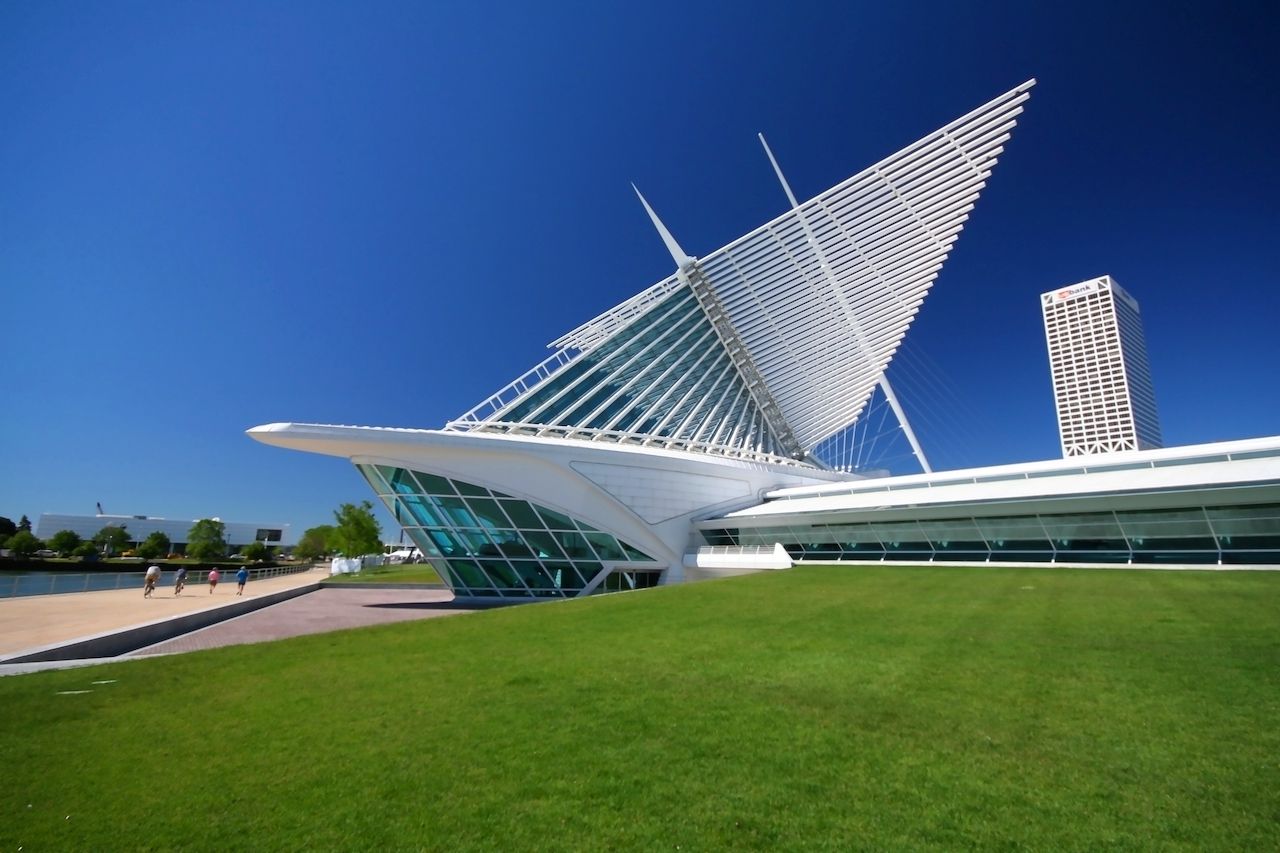
Photo: Keya5/Shutterstock
Milwaukee Art Museum — Inside a futuristic building known as the Calatrava, after its architect Santiago Calatrava, the Milwaukee Art Museum is comprised of 25,000 works of fine art. Calatrava, who also designed a cluster of ultra-modern museums in Valencia, Spain, known as the City of Arts and Sciences, as well as the World Trade Center Transportation Hub in New York City, made his US debut with the Milwaukee Art Museum. With sun-blocking wings that expand 217 feet and collapse daily in response to wind conditions and the museum’s opening hours, the building was also Calatrava’s first museum. The interior of the main entrance feels like something akin to boarding a spacecraft, with a soaring arched ceiling and enormous glass panes spanning from the floor to the top of the arch. The structure’s striking architecture and views over Lake Michigan are reason enough to visit, and the collection of works from internationally celebrated artists like Georgia O’Keeffe, Pablo Picasso, Joan Miro, Andy Warhol, and many more are additional incentives to explore all four floors of the museum. Once a month, the museum hosts MAM After Dark, themed Friday-night parties with topical gallery tours, live performances, music, cocktails, crafts, and dancing. Additional gallery talks and lectures take place weekly and are included in the $19 admission fee.

Photo: Harley-Davidson Museum/Facebook
Harley-Davidson Museum — An icon of American culture, Harley-Davidson motorcycles have their home in Milwaukee, Wisconsin, where the company began in 1903. The Harley-Davidson Museum pays homage to the history of Harley-Davidson motorcycles, with an extensive collection of memorabilia and bikes spanning the company’s century-plus of production. Visitors can even straddle their favorite bikes in the Experience Gallery, while those with their motorcycle endorsements can take Harley-Davidson’s newest models on a “Demo Ride” through the Menomonee Valley on select Saturdays. More than a museum, the park-like campus has a slice of riverfront, large-scale artifacts like a 1903 replica of the shed that was used as the first motorcycle factory, and bars and restaurants on site. Entrance to the Harley-Davidson Museum is $22, and combination packages are available with shuttle service and tours of local breweries.
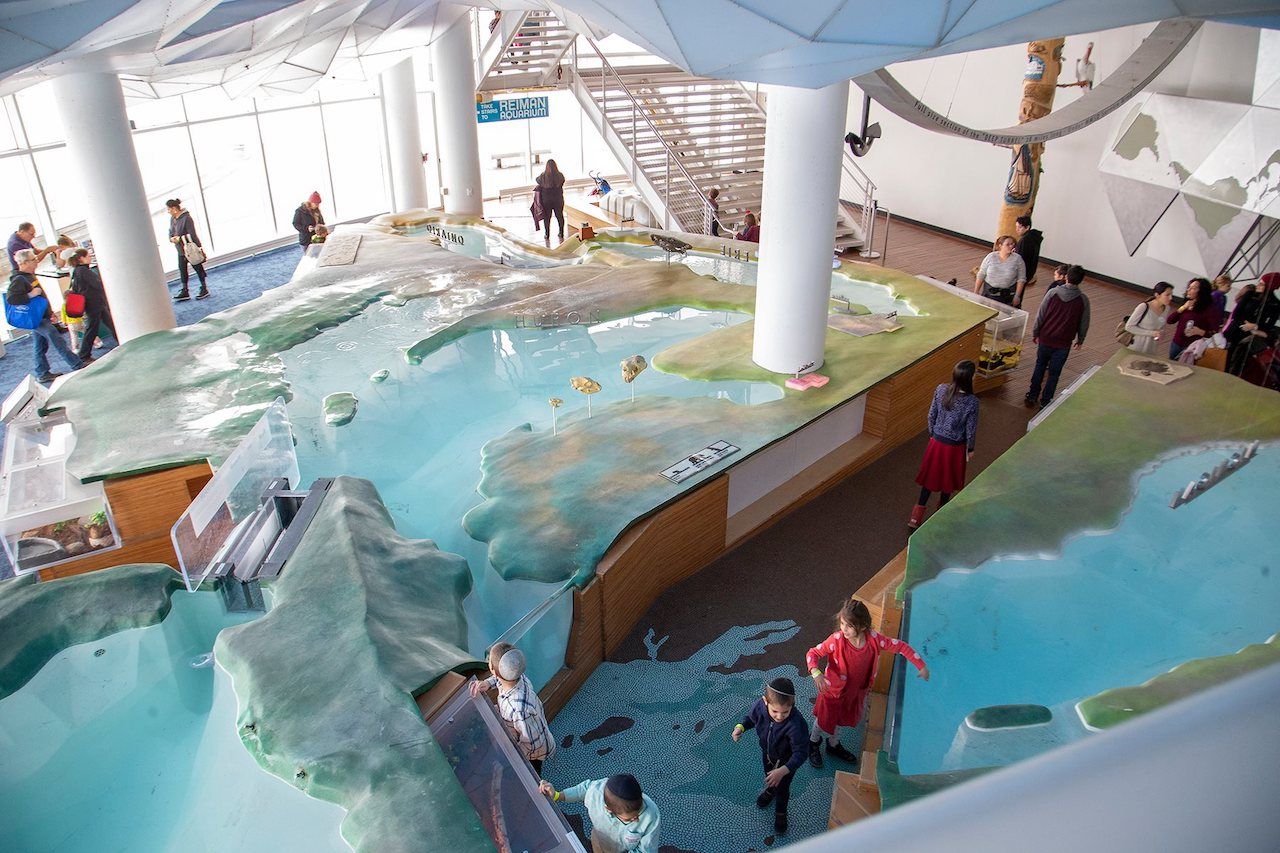
Photo: Discovery World/Facebook
Discovery World Science and Technology Museum — Located on Lake Michigan next to the Milwaukee Art Museum, Discovery World is a highly interactive educational experience for both children and adults. Hands-on exhibits give visitors the opportunity to learn about energy, physics, water, sound, and more. The museum educates visitors on climate change with exhibits on the future of clean water and air. Guests can also experience virtual reality inside, while outside, visitors can play musical benches like they would a xylophone. The Reiman Aquarium showcases aquatic life from the Great Lakes to the Caribbean, with a strong emphasis on educating the public on conservation of the regional freshwater ecosystem, and is included in the $20 admission. A variety of special events throughout the week, like guest speakers and presentations from scientists and conservationists, are included in the price.
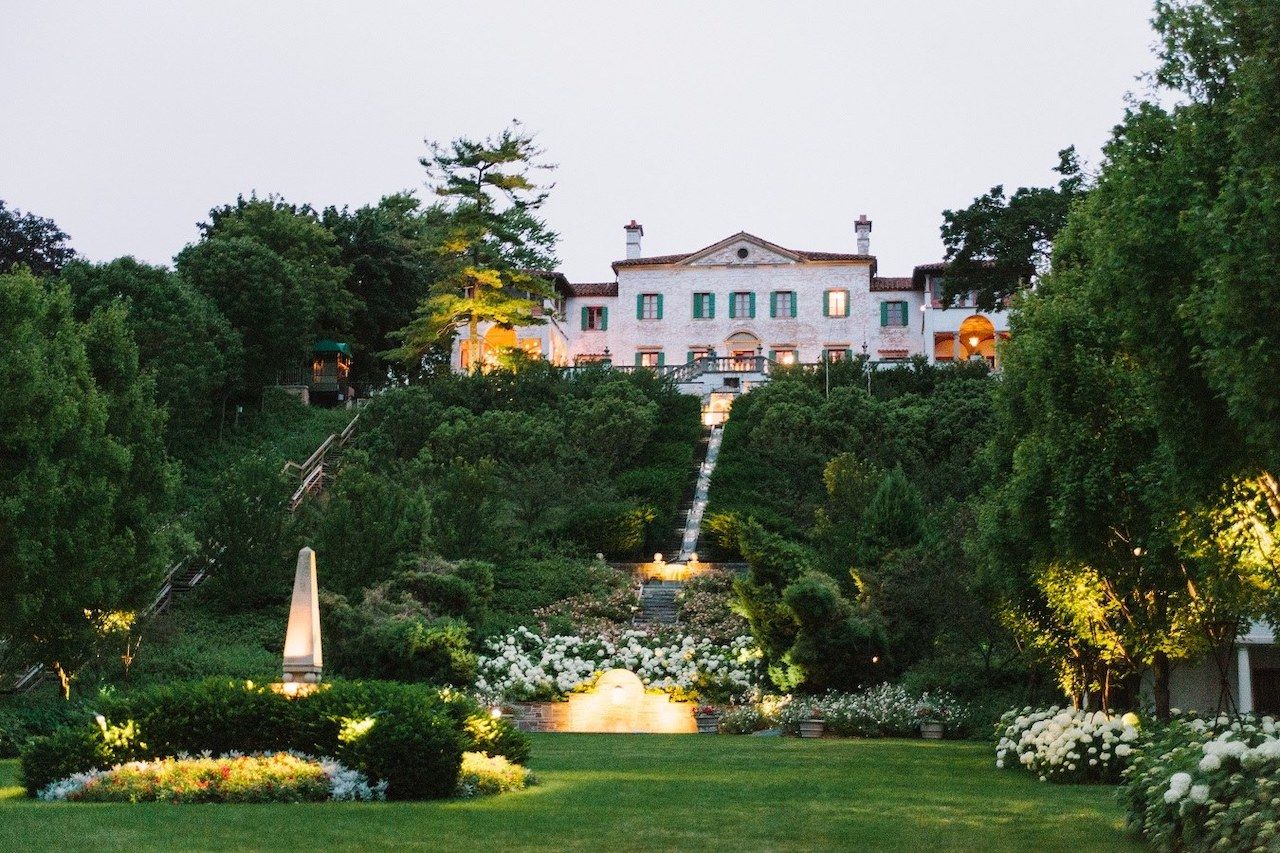
Photo:
Villa Terrace Decorative Arts Museum/Facebook
Villa Terrace Decorative Arts Museum — The Villa Terrace home on a hill overlooking Lake Michigan dates from 1924, but the Italian Renaissance-style mansion has served as the Villa Terrace Decorative Arts Museum since the 1960s and is also listed on the National Register of Historic Places. Guests can visit the Mercury Courtyard or, on the first Sunday of each month, listen to live music and sip catered local coffee for free. Tour the museum to see intricate decorative metalwork and unique architecture and design. In the summer months, the Renaissance Garden, with a path from the villa to Lake Michigan lined with flowers, statues, and water features, is opened for exploration. The Villa Terrace Decorative Arts Museum is a popular wedding venue, and it’s advisable to call ahead on summer weekends to confirm hours for public visits. Entrance is $10.
More like this
Public art
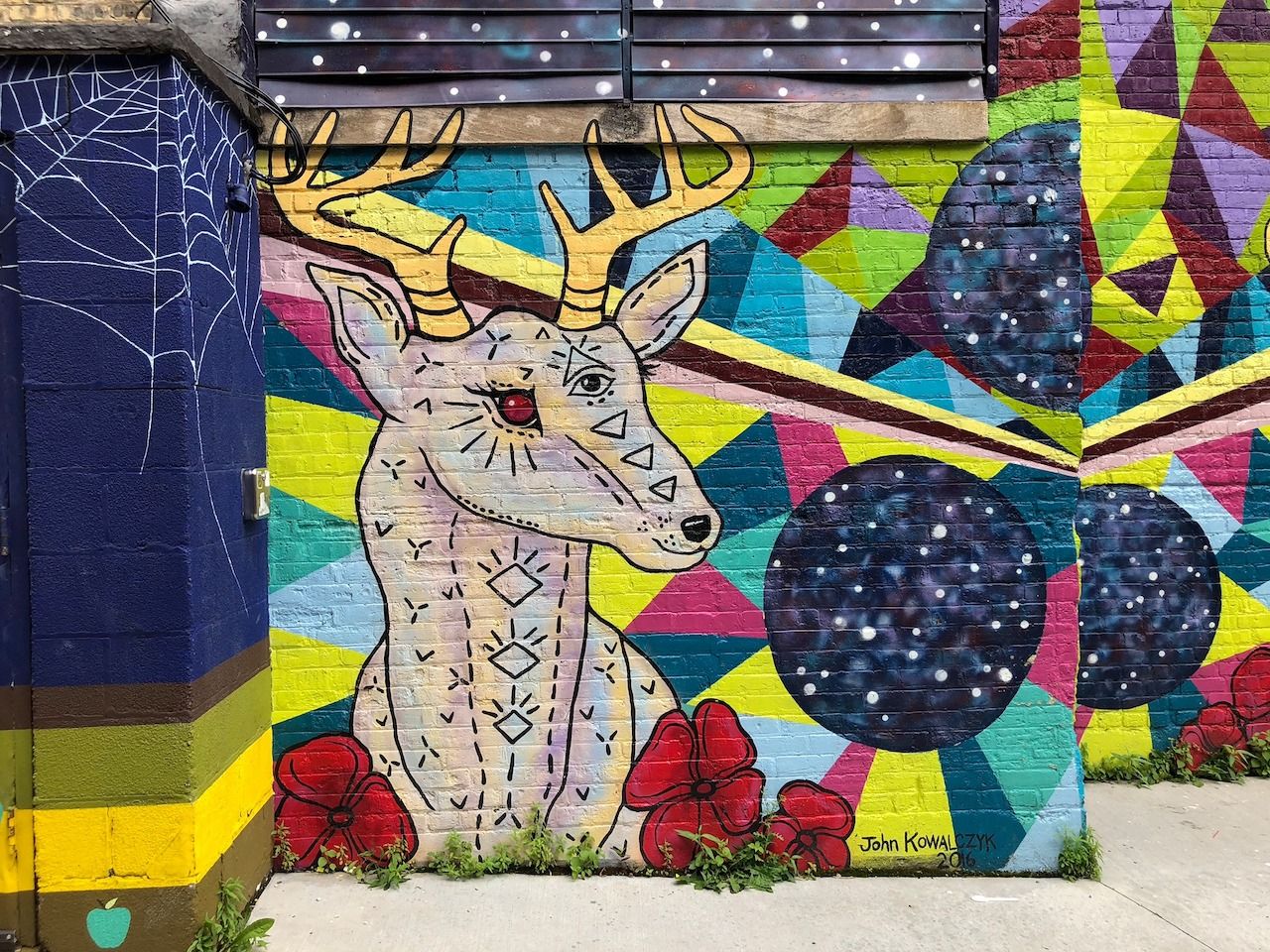
Photo: Black Cat Alley/Facebook
Black Cat Alley — In a small alley between N Farwell and N Prospect Avenues, Black Cat Alley is a free outdoor art gallery in Milwaukee’s East Side. A relative newcomer to the city, Black Cat Alley was developed in 2016 by community members and national and international artists. Seventeen colorful murals currently decorate the walls of Black Cat Alley, and the art continues to grow and evolve regularly. Once an underutilized and empty space, Black Cat Alley is now busy with locals and tourists checking out the art. Black Cat Alley is an easy and rewarding detour for visitors, as well as a worthwhile photography destination.

Photo: Sculpture Milwaukee/Facebook
Sculpture Milwaukee — Exploring Milwaukee while enjoying unique artwork is super easy thanks to Sculpture Milwaukee’s annual city-wide exhibition. Every year from June to October, Sculpture Milwaukee sponsors sculptures from local, national, and international artists. Founded in 2007 with the vision of making sculptural art more accessible to the public, Sculpture Milwaukee stages over 20 works of art along a 1.5-mile stretch of Wisconsin Avenue. The organization has developed a mobile phone app and map for people to take a self-guided tour of all the works, completely free. Visitors and residents can visit the works anytime, day or night, throughout the duration of the annual exhibit.
Architecture
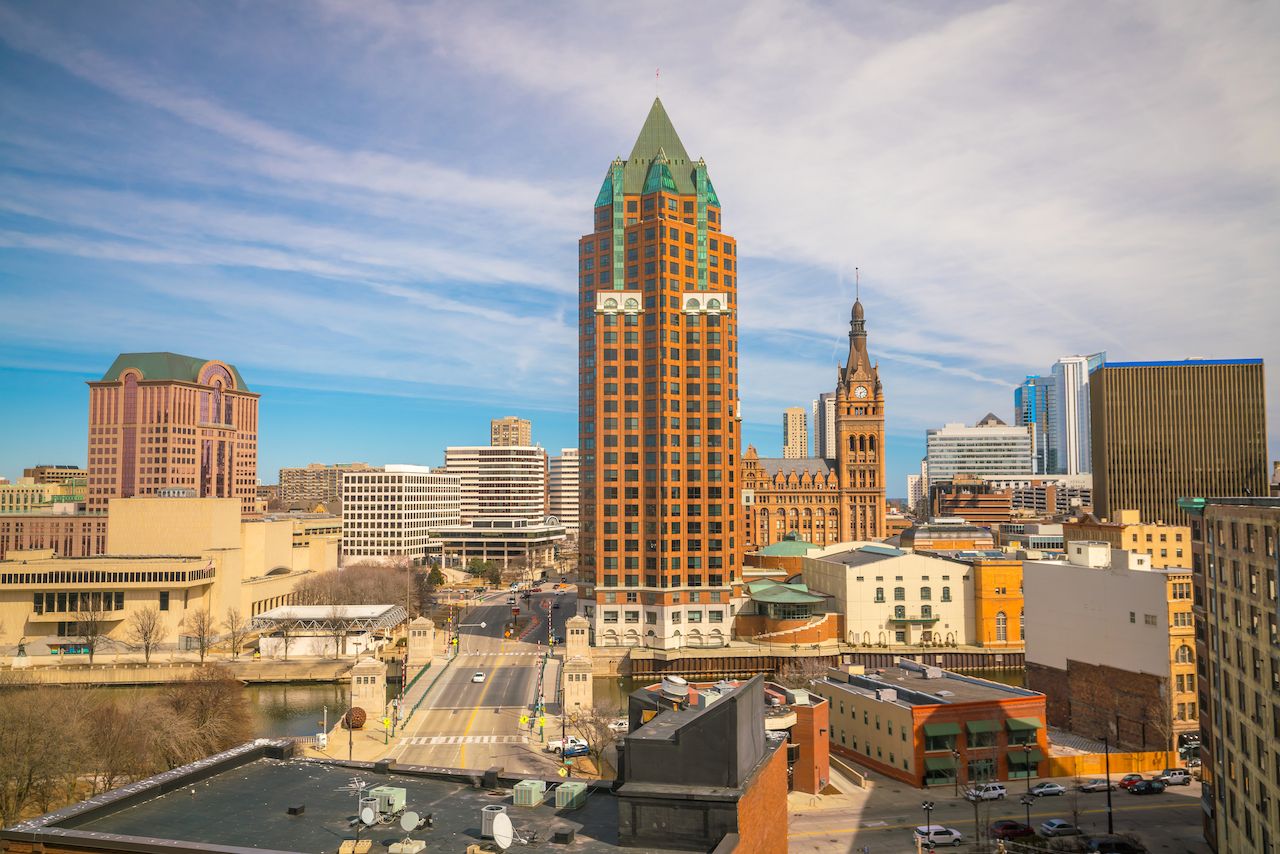
Photo: f11photo/Shutterstock
Wisconsin Gas Building — Originally called the Milwaukee Gas Light Building, the Wisconsin Gas Building is the best example of Art Deco architecture in Milwaukee. Once the site of a speakeasy, the Wisconsin Gas Building is the former home of Wisconsin Energy but is now leased office space. The exterior of the building showcases only-in-Milwaukee Cream City brick, copper paneling, and terracotta foliage designs on the facade. Since 1956, a glass weather beacon in the shape of a gas flame has topped the building. The 21-foot-tall flame is the only one of its kind in the country. Every evening, the color of the flame indicates the weather forecast, with occasional deviations in color scheme to support Milwaukee’s favorite sports teams.
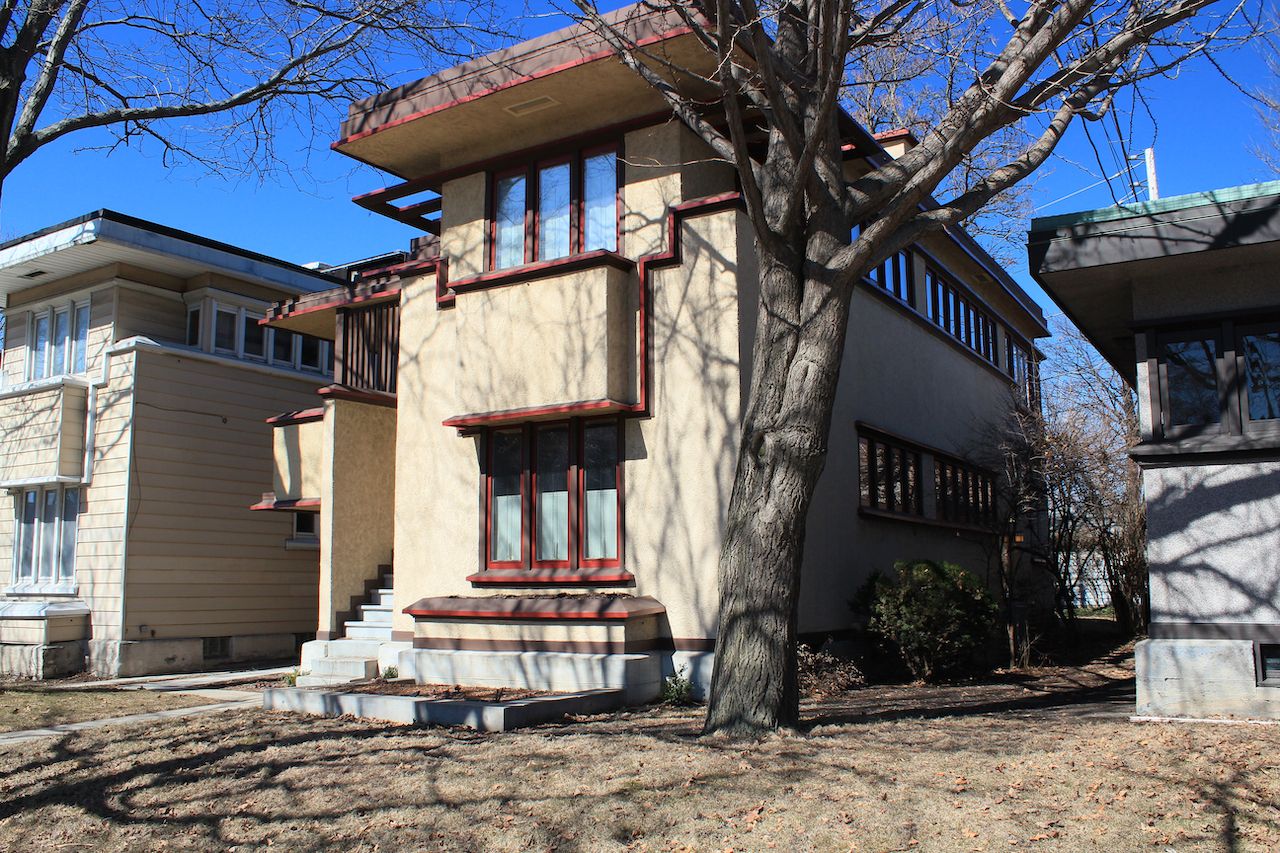
Photo: Jim Packett/Shutterstock
Frank Lloyd Wright Houses — Frank Lloyd Wright, arguably the most famous contemporary American architect, lived much of his life in Wisconsin, and that’s where many of his iconic creations are located. Enthusiasts of his work can check out the exteriors of several homes he designed right in downtown Milwaukee, collectively known as the Frank Lloyd Wright Houses. Perhaps the first tiny homes, six small houses on Burnham Road form the largest grouping of Wright homes anywhere. Though Wright built these homes for the city’s working class, they still feature details of his more elaborate homes, like central hearths, an abundance of wooden features, and flat roofs. To see inside two of the houses, visitors can sign up for the $15 tour offered by trained docents from Wright in Milwaukee. Tours take place on Saturdays throughout the year, with extended dates and times in the summer months from May to September.
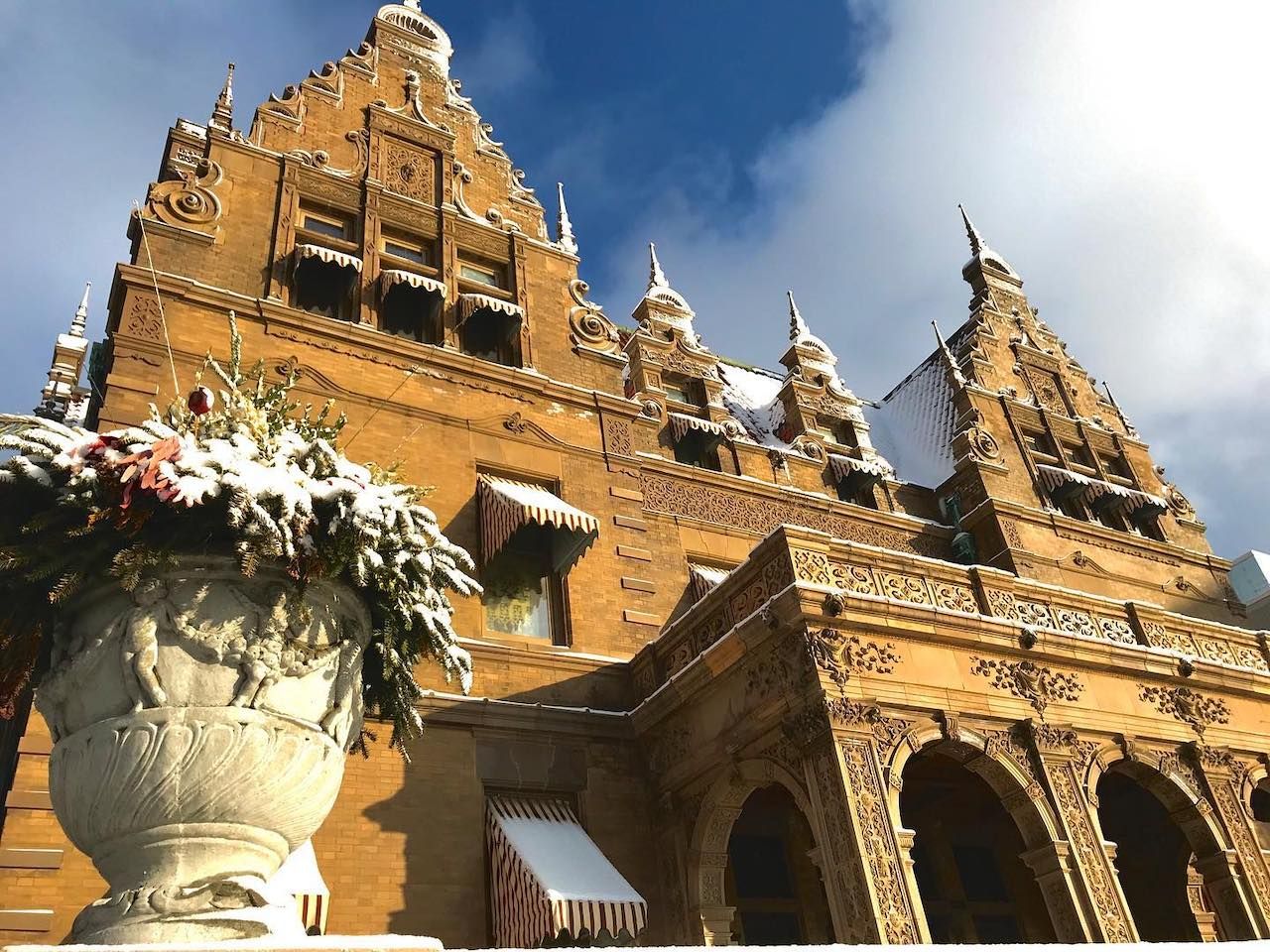
Photo: Pabst Mansion/Facebook
Captain Frederick Pabst Mansion — A castle for beer royalty, the Pabst Mansion is the former 1890s home of the Pabst family, who also owned the famous Pabst Brewery when it was the largest brewery in the world. Rooms of the Flemish Renaissance Revival mansion are still undergoing restoration, but the dining room, sitting room, and master bedroom are complete. With over 5,000 works of art on display in the home, the art collection is as impressive as the home itself. A standing testament to America’s Gilded Age, the Pabst Mansion is now an award-winning museum offering guided tours of the home for $14. Those who want a deeper knowledge of the house can explore behind the roped-off areas and closed doors on the $22 Behind the Scenes tour. For visitors to Milwaukee around the winter holidays, the Pabst Mansion comes alive with a special Christmas-themed tour.
Live Performances
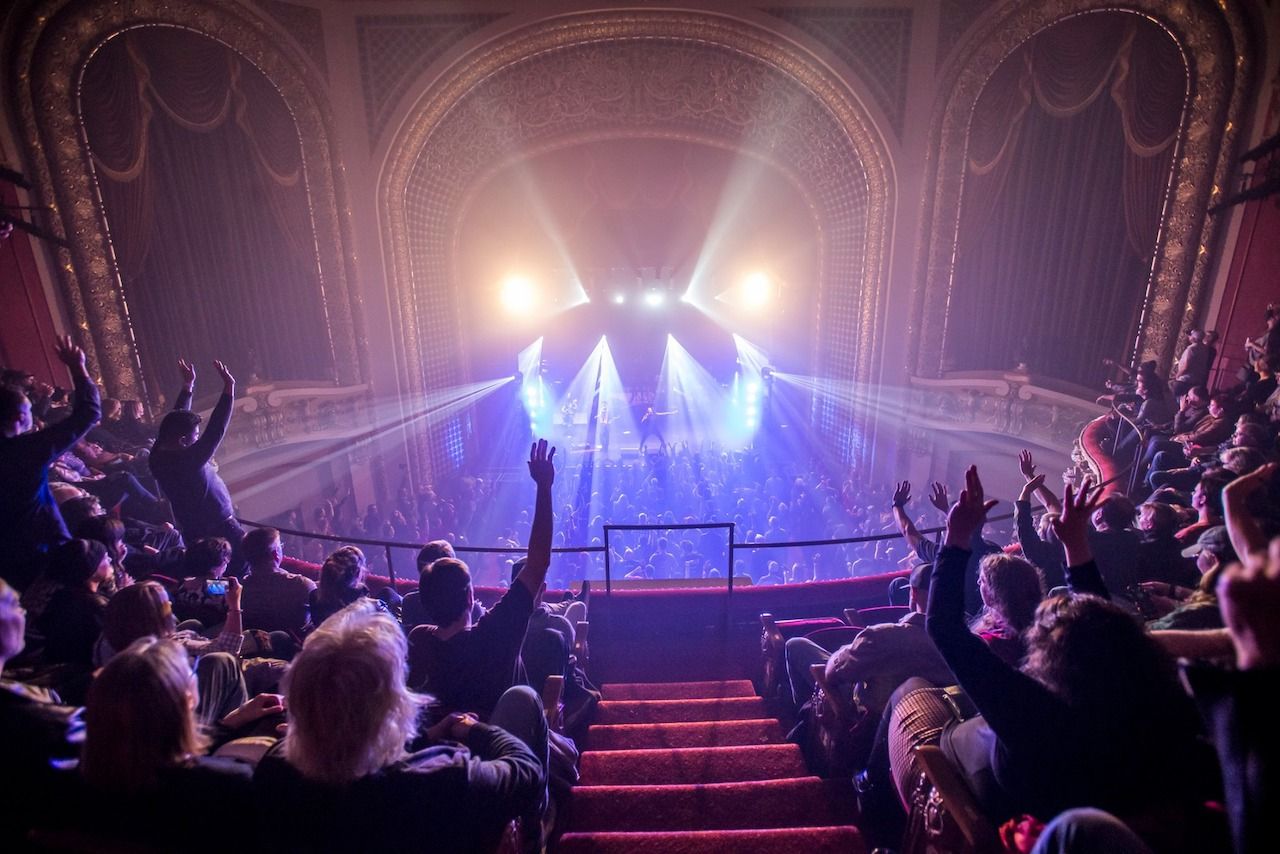
Photo: Pabst / Riverside / Turner Hall/Facebook
Pabst Theater — The Pabst Theater is an icon of Milwaukee’s entertainment district, providing a stage for musicians, comedians, opera, and theater. This historic landmark was built in 1895, making it the fourth-oldest continually running theater in the United States. Designed in the style of a German opera house, the Pabst Theater has a palatial Baroque interior with a crystal chandelier and a white Carrara marble staircase. Relics of the theater’s long life still call the Pabst home, like an organ that once provided accompaniment for silent films and a counterweight system for lifting scenery, installed after World War I and believed to be the first in the world. As relevant today as it was over a century ago, the Pabst has undergone frequent renovations to keep it up-to-date with modern technology, such as the addition of elevators to improve accessibility — while still preserving its historic heart.